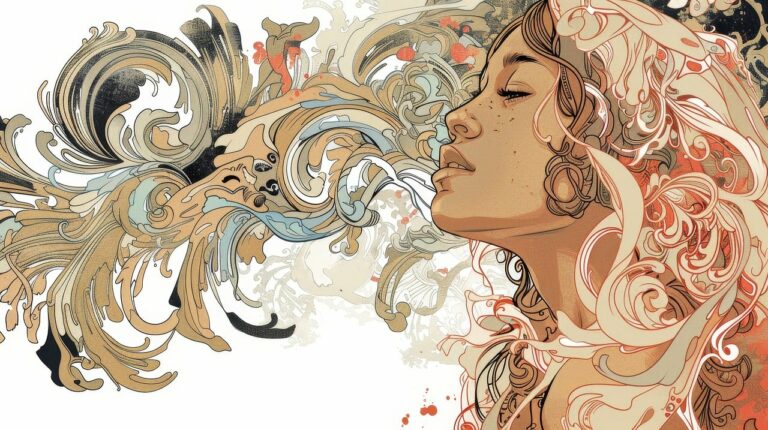Fashion and Technology: Exploring Wearable Art and Digital Fashion
Art and technology have long been viewed as separate entities, but in recent years, there has been a growing trend towards the fusion of these two fields. The boundaries between traditional art forms and technological advancements are becoming increasingly blurred, giving rise to innovative creations that challenge our perceptions and push the boundaries of creativity. As artists explore new ways to incorporate technology into their work, they are opening up a world of possibilities that allow for interactive, immersive, and dynamic experiences.
Through the integration of digital tools, artists are able to create works that not only engage the senses but also provoke thought and evoke emotion. Interactive installations, digital sculptures, and virtual reality experiences are just a few examples of how the intersection of art and technology is transforming the way we perceive and interact with artistic expression. This merging of mediums not only showcases the endless possibilities for creative expression but also highlights the powerful impact that technology can have on shaping the future of art.
The Evolution of Wearable Technology in Fashion
Wearable technology in fashion has seen a remarkable evolution over the years, blending the worlds of style and functionality in ways we never thought possible. From early experiments with smartwatches and fitness trackers to more advanced innovations like smart textiles and augmented reality clothing, the fashion industry has embraced technology like never before.
Designers are now incorporating sensors, LED lights, and even flexible screens into their creations, turning garments into interactive pieces that respond to the wearer’s movements and environment. This fusion of fashion and technology not only offers new possibilities for self-expression but also challenges traditional notions of what clothing can do. In this dynamic landscape, the future of wearable technology in fashion holds endless opportunities for creativity and innovation.
Innovative Materials and Techniques in Digital Fashion
Digital fashion has revolutionized the way designers create and showcase their work. Utilizing cutting-edge technologies such as 3D printing, augmented reality, and virtual reality, designers can now conceptualize and produce garments in ways never before imagined. These innovative techniques allow for greater precision, customization, and efficiency in the design process, ultimately pushing the boundaries of traditional fashion design.
In addition to advanced technologies, digital fashion has also seen a surge in the use of unconventional materials. From biodegradable fabrics made from mushrooms to textiles embedded with LED lights, designers are constantly pushing the limits of what is possible in terms of material innovation. These avant-garde materials not only offer unique aesthetic possibilities but also address sustainability concerns in the fashion industry, paving the way for a more eco-friendly approach to garment production.
How are artists incorporating technology into fashion?
Artists are incorporating technology into fashion through the use of innovative materials, digital tools, and wearable technology to create unique and interactive garments.
What is the evolution of wearable technology in fashion?
Wearable technology in fashion has evolved from basic fitness trackers to more advanced gadgets like smart clothing embedded with sensors that monitor body temperature, heart rate, and more.
What are some examples of innovative materials and techniques in digital fashion?
Some examples of innovative materials and techniques in digital fashion include 3D printing, augmented reality, conductive fabrics, and sustainable materials like recycled plastic and plant-based fabrics.







